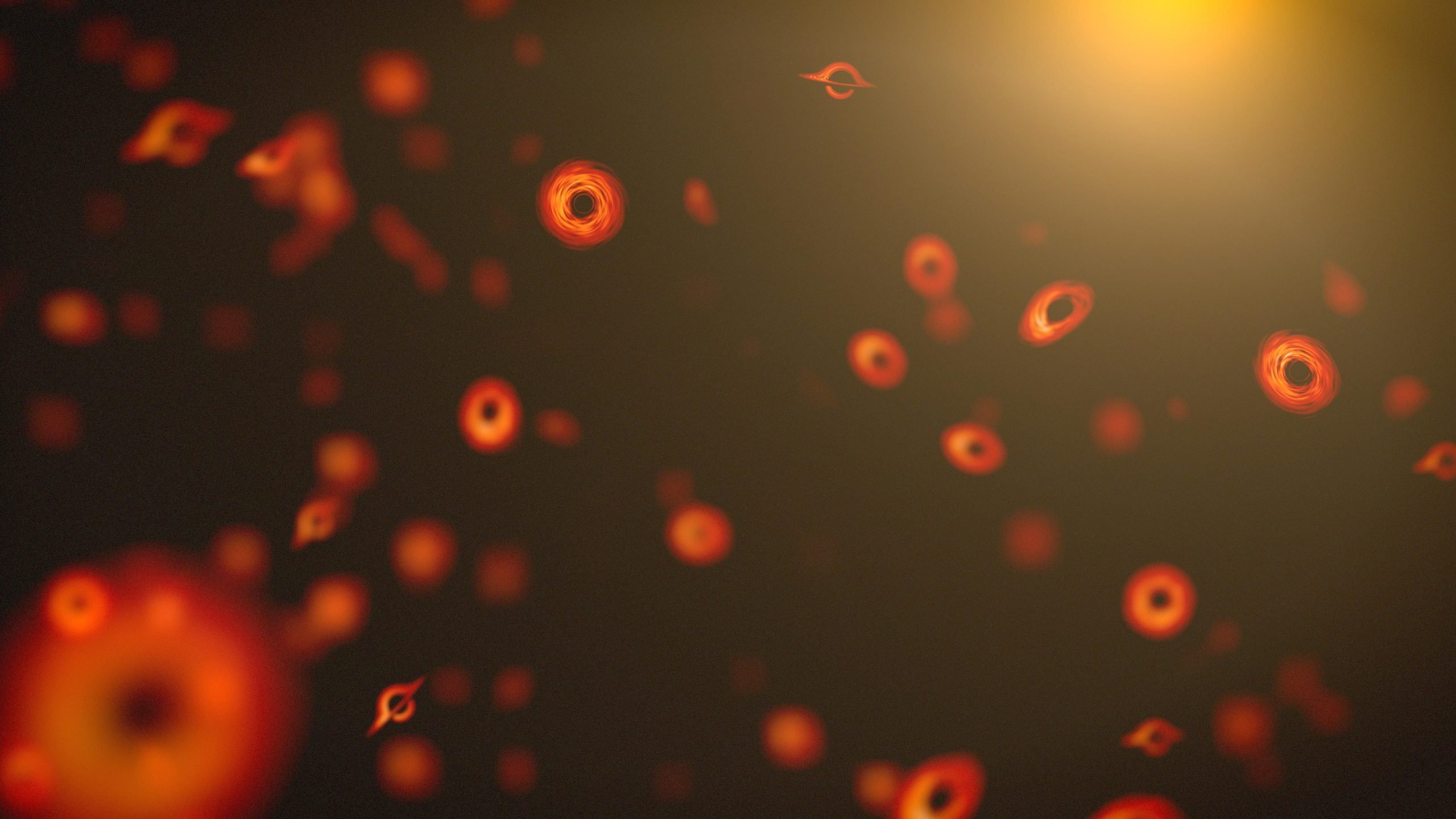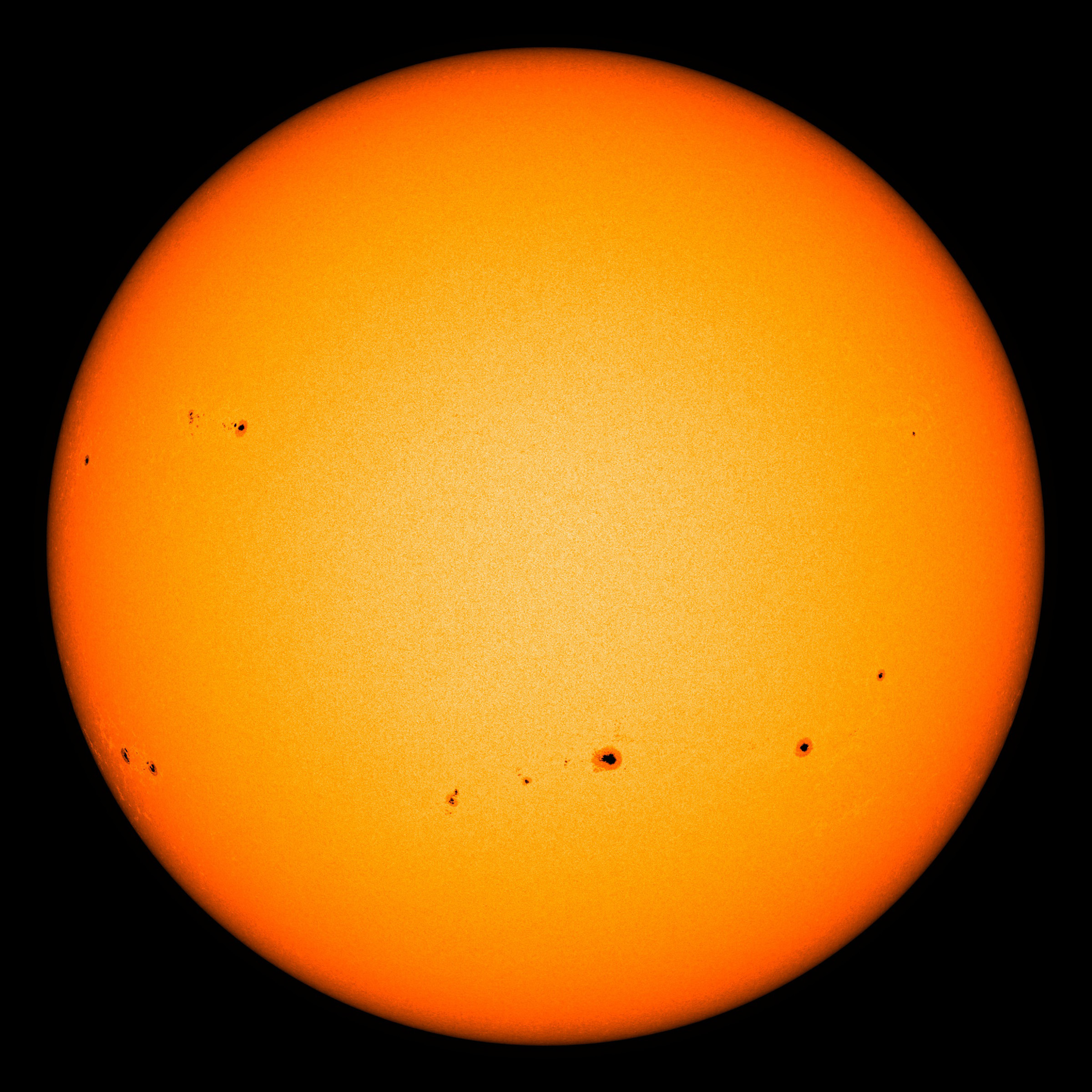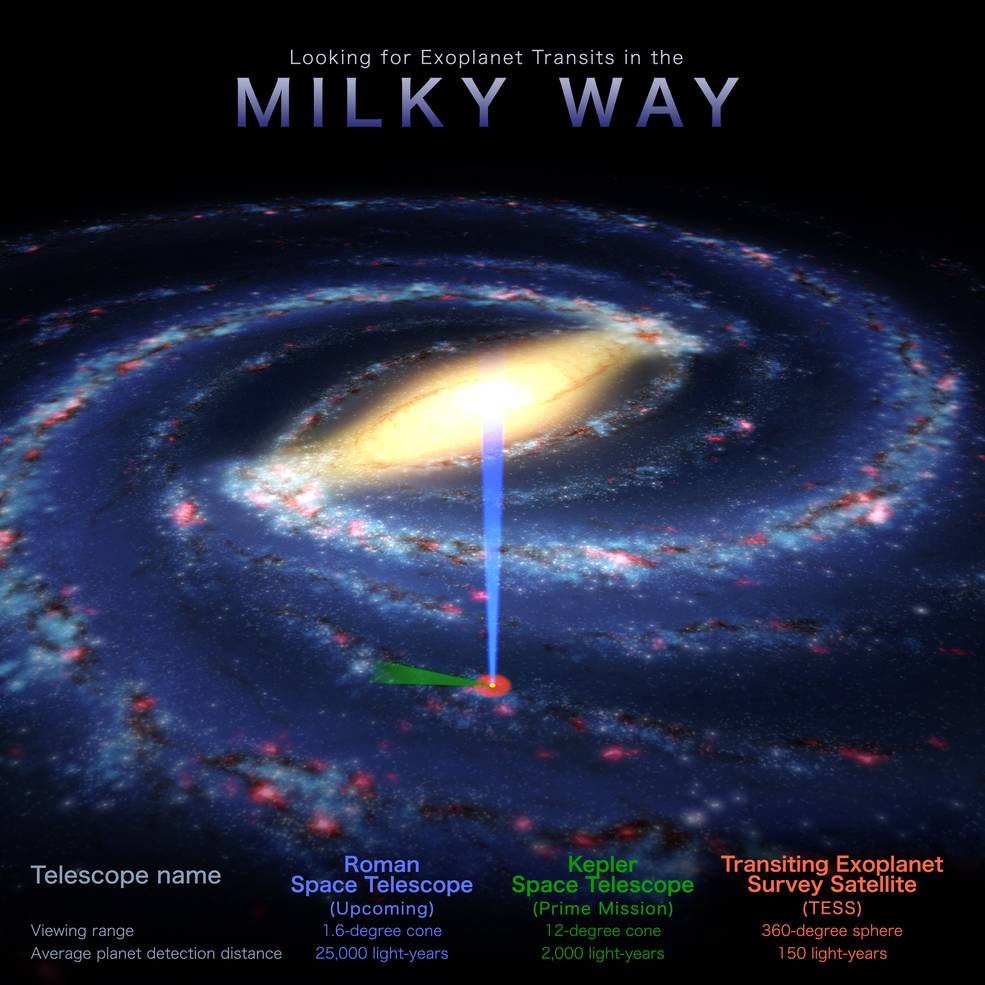
Roman Telescope
The Nancy Grace Roman Space Telescope is a NASA infrared space telescope currently in development and scheduled to launch no later than May 2027. Roman was recommended in 2010 by the United States National Research Council Decadal Survey committee as the top priority for the next decade of astronomy. On 17 February 2016, WFIRST was approved for development and launch. The Roman Space Telescope is based on an existing 2.4 m wide field of view primary mirror and will carry two scientific instruments. The Wide-Field Instrument is a 300.8-megapixel multi-band visible and near-infrared camera, providing a sharpness of images comparable to that achieved by the Hubble Space Telescope over a 0.28 square degree field of view, 100 times larger than imaging cameras on the Hubble. The Coronagraphic Instrument is a high-contrast, small field of view camera and spectrometer covering visible and near-infrared wavelengths using novel starlight-suppression technology.






